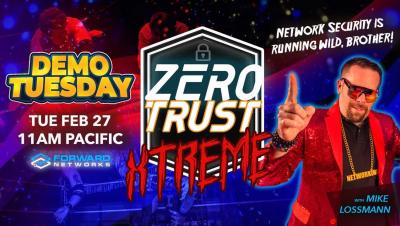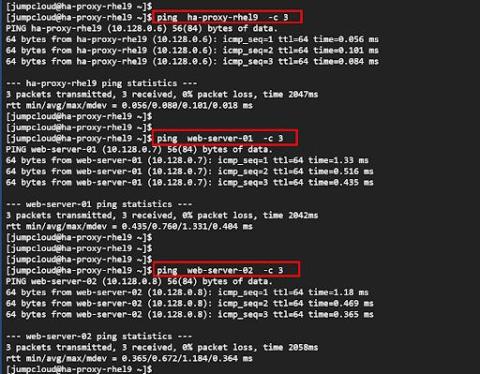Hyper-V Cluster NIC Teaming
NIC teaming in Hyper-V refers to the process of combining multiple network interface cards (NICs) into a single logical NIC, also known as a team or virtual NIC. The goal of NIC teaming is to provide improved network performance, availability, and redundancy. When multiple NICs are teamed together, the traffic can be distributed across them, reducing the load on any single NIC and increasing overall throughput.











